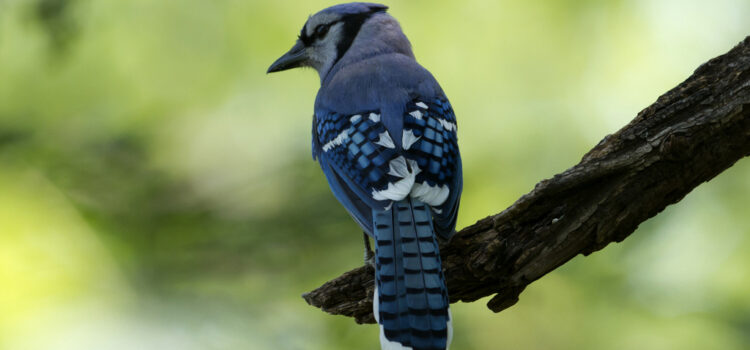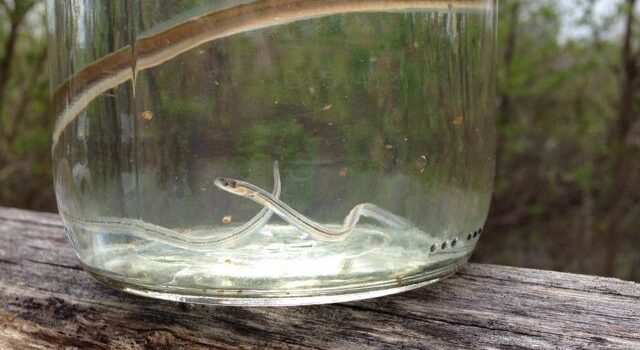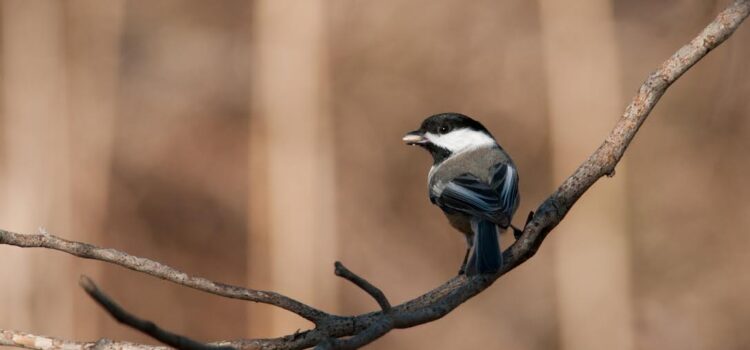Every morning has its share of routine chores: get-newspaper, retrieve-garbage-cans, check-weather, wash-breakfast-dishes, etc., etc., etc… But then, there are mornings when chores get interrupted by the force of an unexpected event… as recently happened to me on a November morning, not long ago.
A Blue Jay Morning










